Paul Zizka is a Banff-based outdoor and travel photographer. He specializes in images of the Canadian Rockies, adventurous pursuits, and remote locations of our planet. He’s passionate about what he does, a characteristic that shines through each of the images he shares through 500px and elsewhere.
To see more of Paul’s amazing work as it goes up, follow him on 500px right away; to find more of his work or even purchase prints of his amazing photos, visit his website; and if you’re all about following photographers on social media, you can also find him on Facebook and Twitter.
If you have ever shot the aurorae borealis lights or their southern counterpart, you’ll know that they are fickle in nature and that capturing them on camera can be quite a challenge.
I certainly recall my first night shooting the lights up in the Northwest Territories a few years ago, and being thrilled to have the tiniest amount of green showing on the LCD—never mind that sharpness was nowhere to be found and that I had no regard for composition, that night was a first step in my own journey chasing and photographing the Northern Lights.
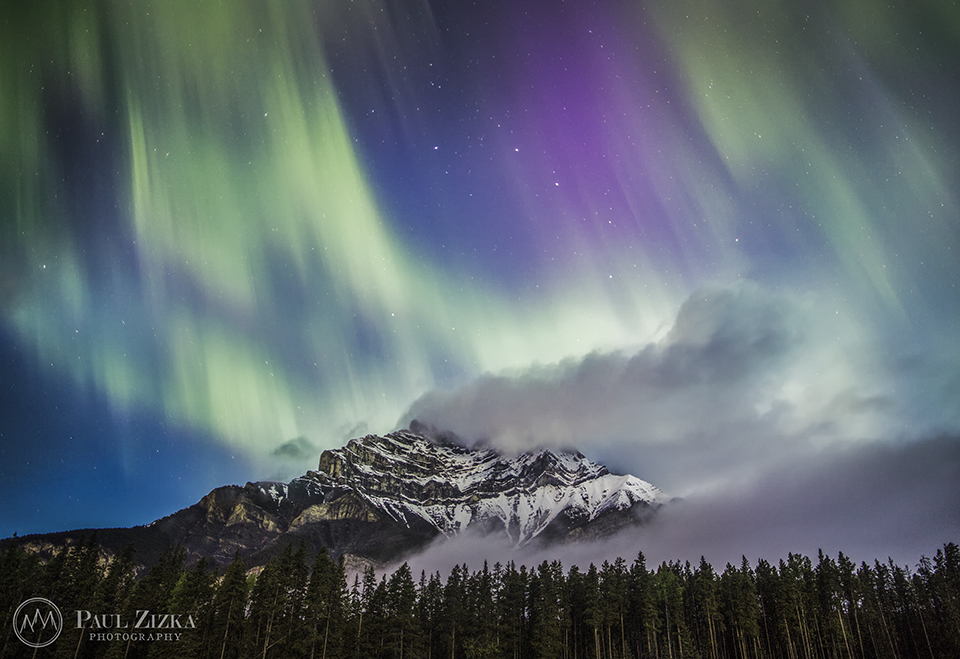
Once you have shot the lights five, ten, or a hundred times, some aspects, such as focus and settings, become almost second nature. The natural next step as a photographer is to compose as creatively as possible, as you would during the day, in order to take your images to the next level.
Of course, the fact that the aurora displays move and are often short-lived can make composing a strong image a daunting task.
So, once you have a few “winners” in the bag, how do you keep getting creative with the dancing lights? Perhaps it’s time to be a little less conservative and try to add that extra element that will yield a truly unique image. Here are a few ideas:
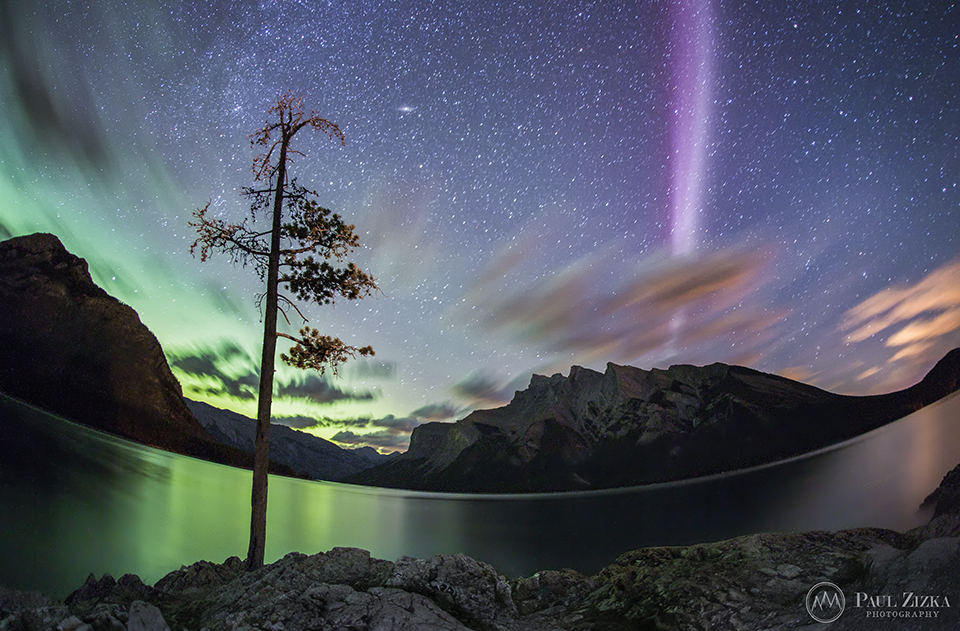
1. Pre-Visualize Your Images
If you’re among the many photographers who shoot at the mid-latitudes, you know that the aurora is very likely to show up in the North. This makes is possible to scout out locations ahead of time, come up with ideas, and then return to execute the image when conditions are favorable.
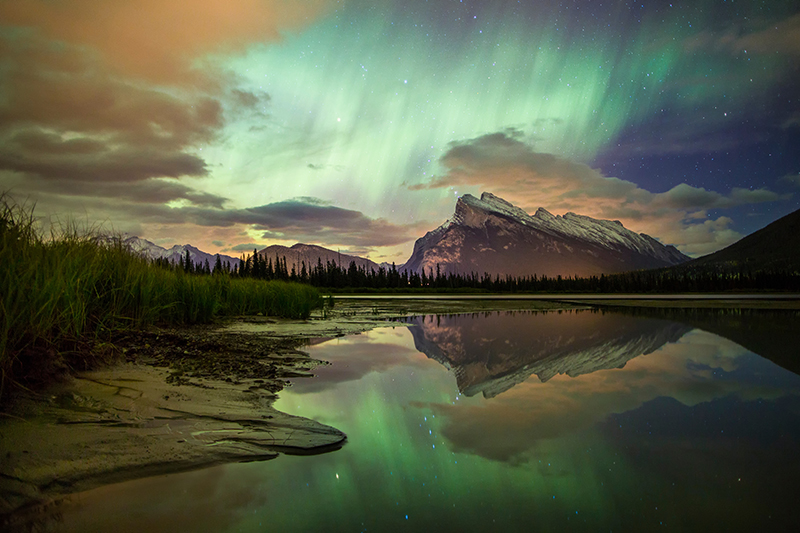
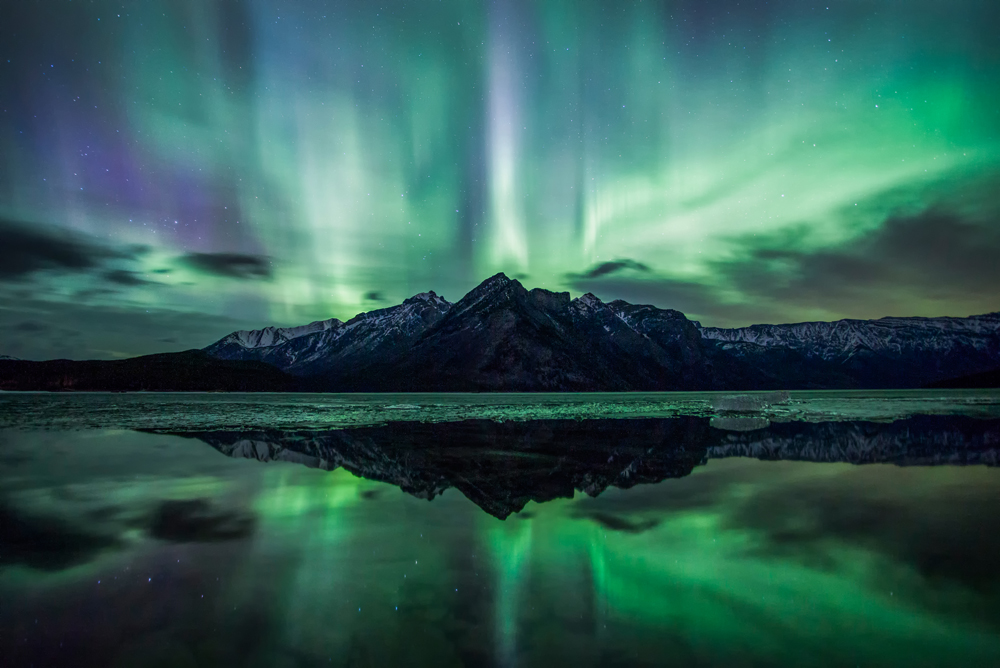
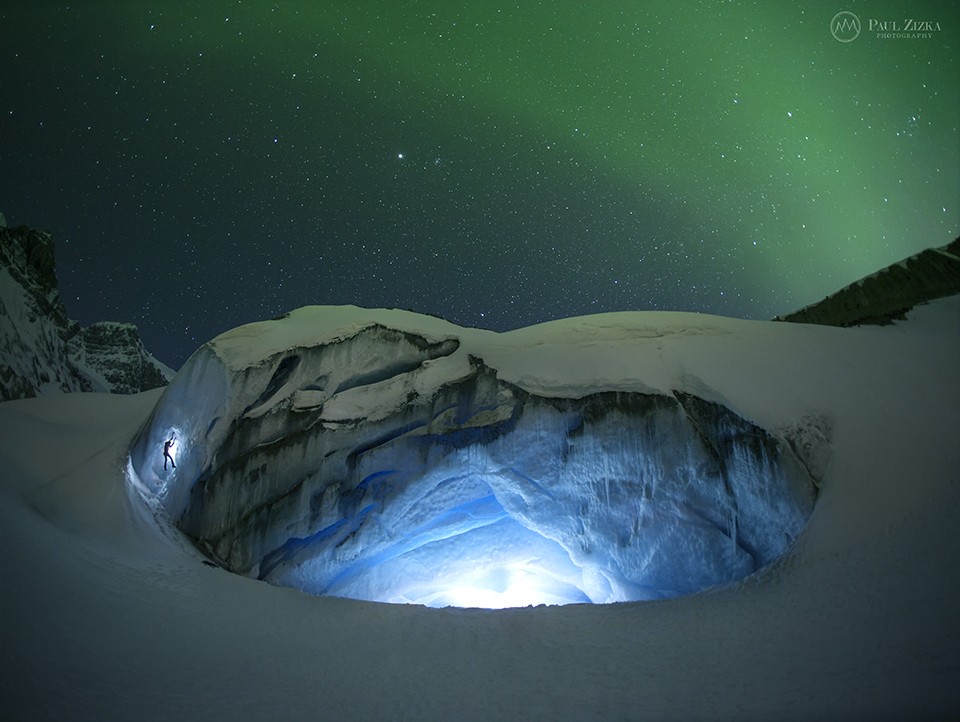
2. Use the Human Element
Place a person in the picture (even yourself). While it might work at times, having your arms in the air in that “Isn’t nature awesome?” pose isn’t the only way to incorporate a human element. Experiment with different body positions, activities, and lighting.
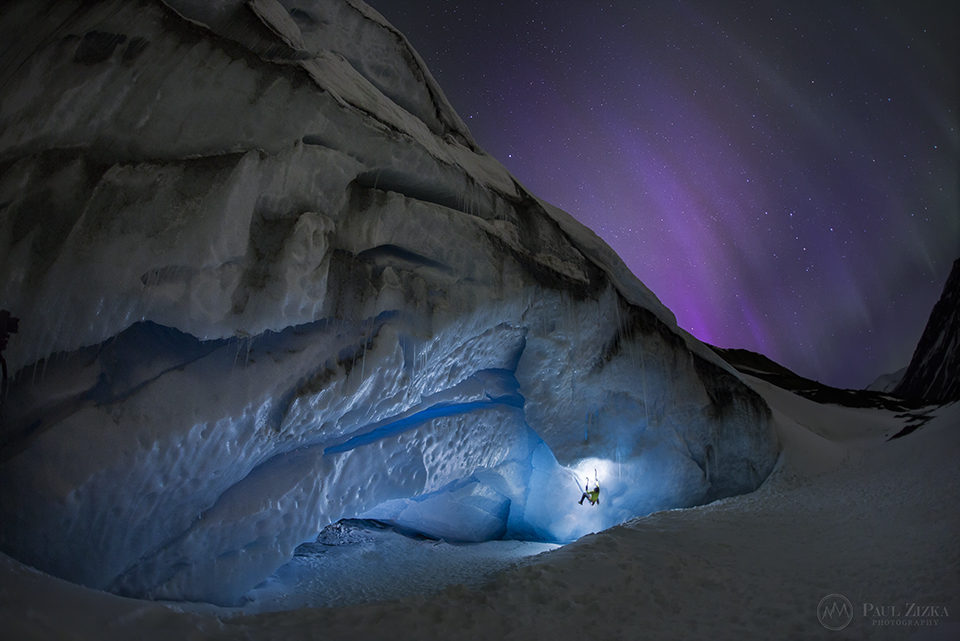
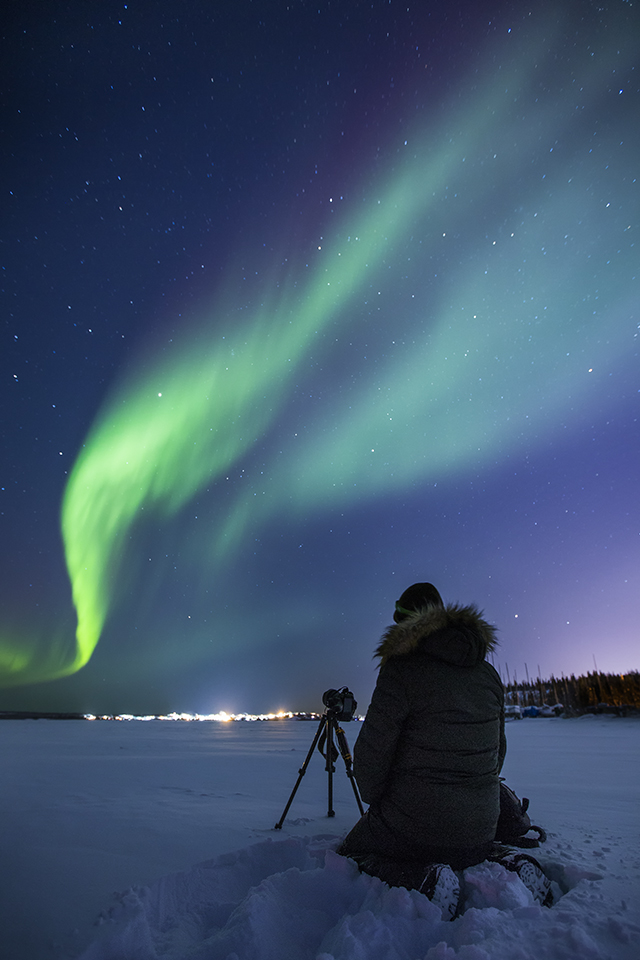
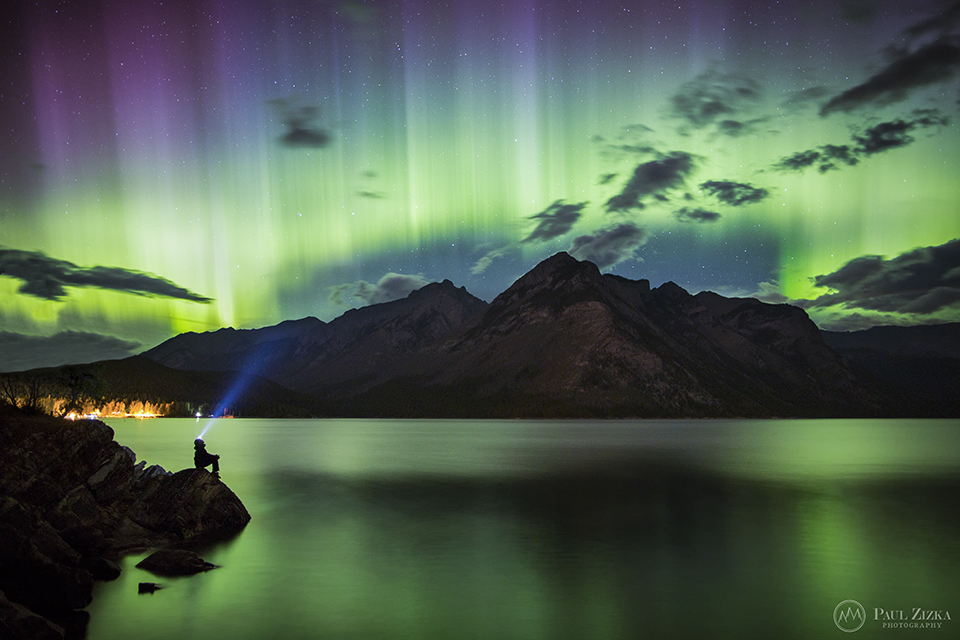
3. Use Props
My car often contains props such as tents, skis, a guitar, climbing equipment and, heck, even costumes. Build an igloo and light it up from the interior, or place an inukshuk in the frame. The sky’s the limit.
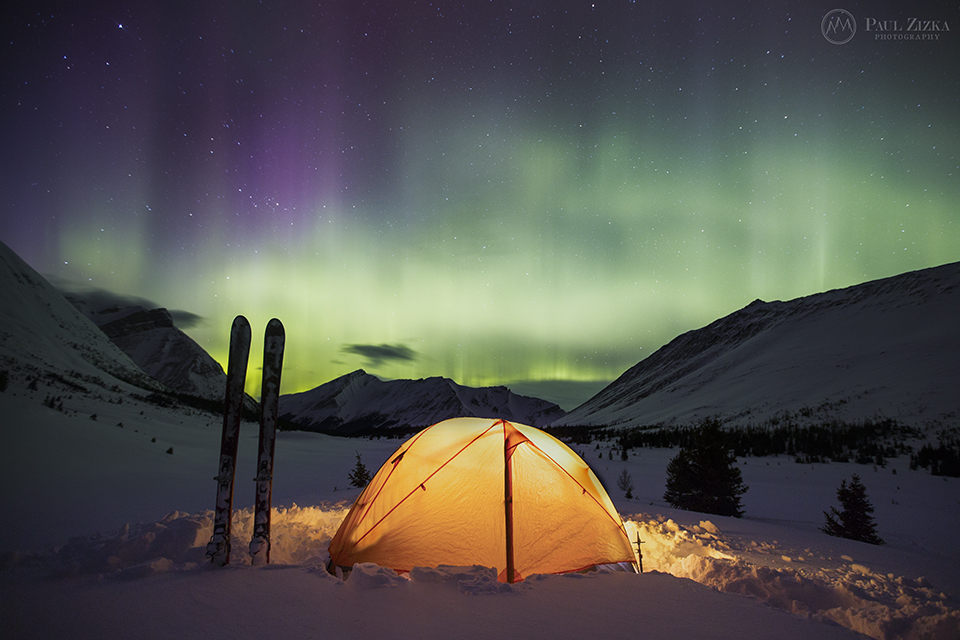

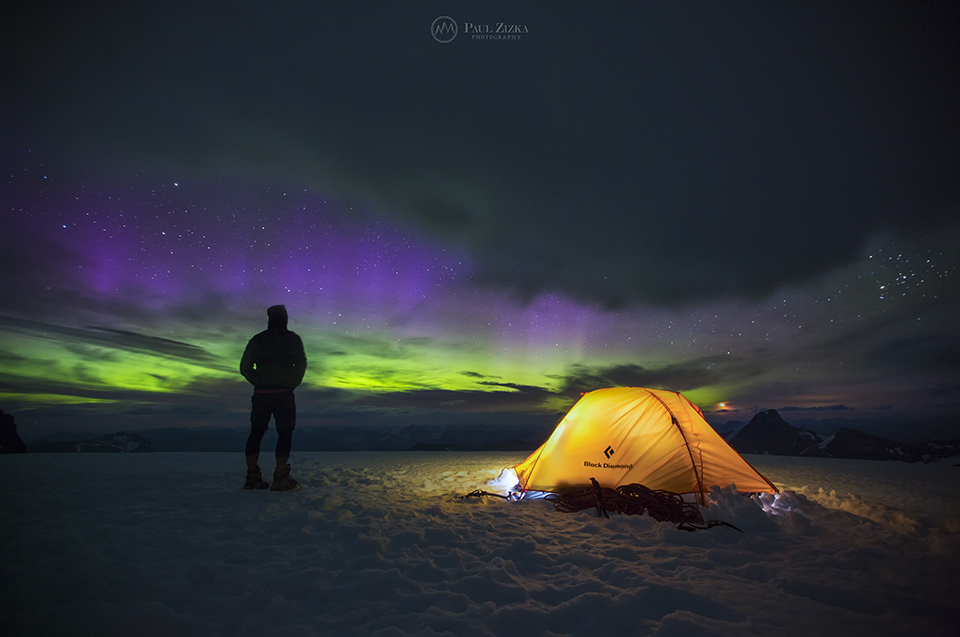
4. Use a Telephoto Lens
Your instinct may be to shoot wide, but I’ve found that using a telephoto can make an aurora image very unique. And sometimes when the aurora is only active a small portion of the sky, the scene doesn’t necessarily warrant shooting ultra-wide.
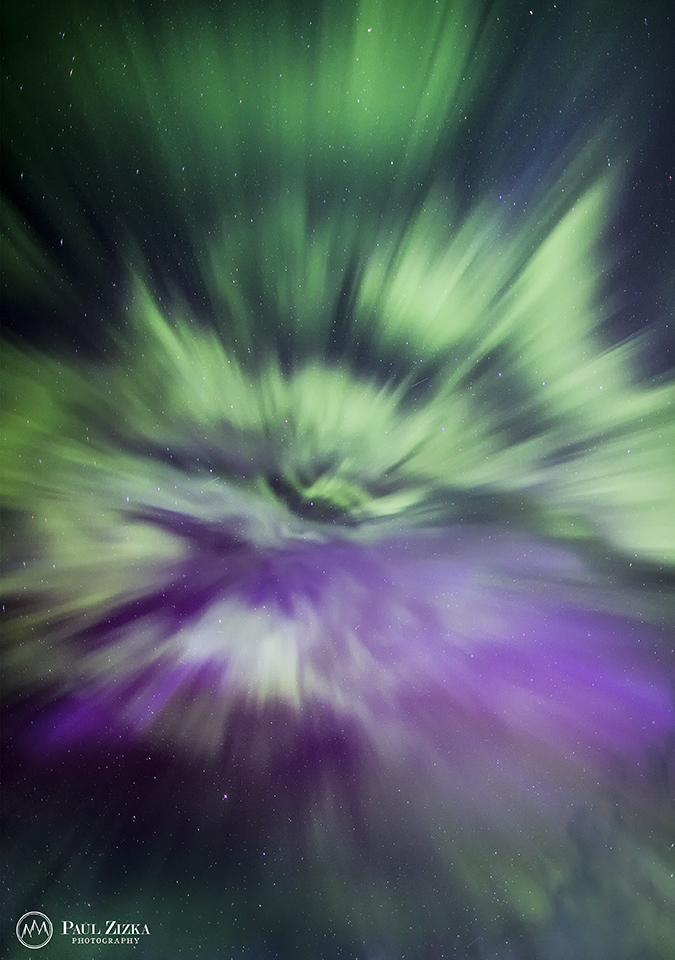
Shooting the aurora is a challenging yet magical experience for the photographer, and it provides a great opportunity to push your creativity and step out of your comfort zone.
While seeing the green glow in camera for the first is certainly memorable, there are countless ways to push beyond the sky-only shot and get creative with one of nature’s most awe-inspiring phenomena.

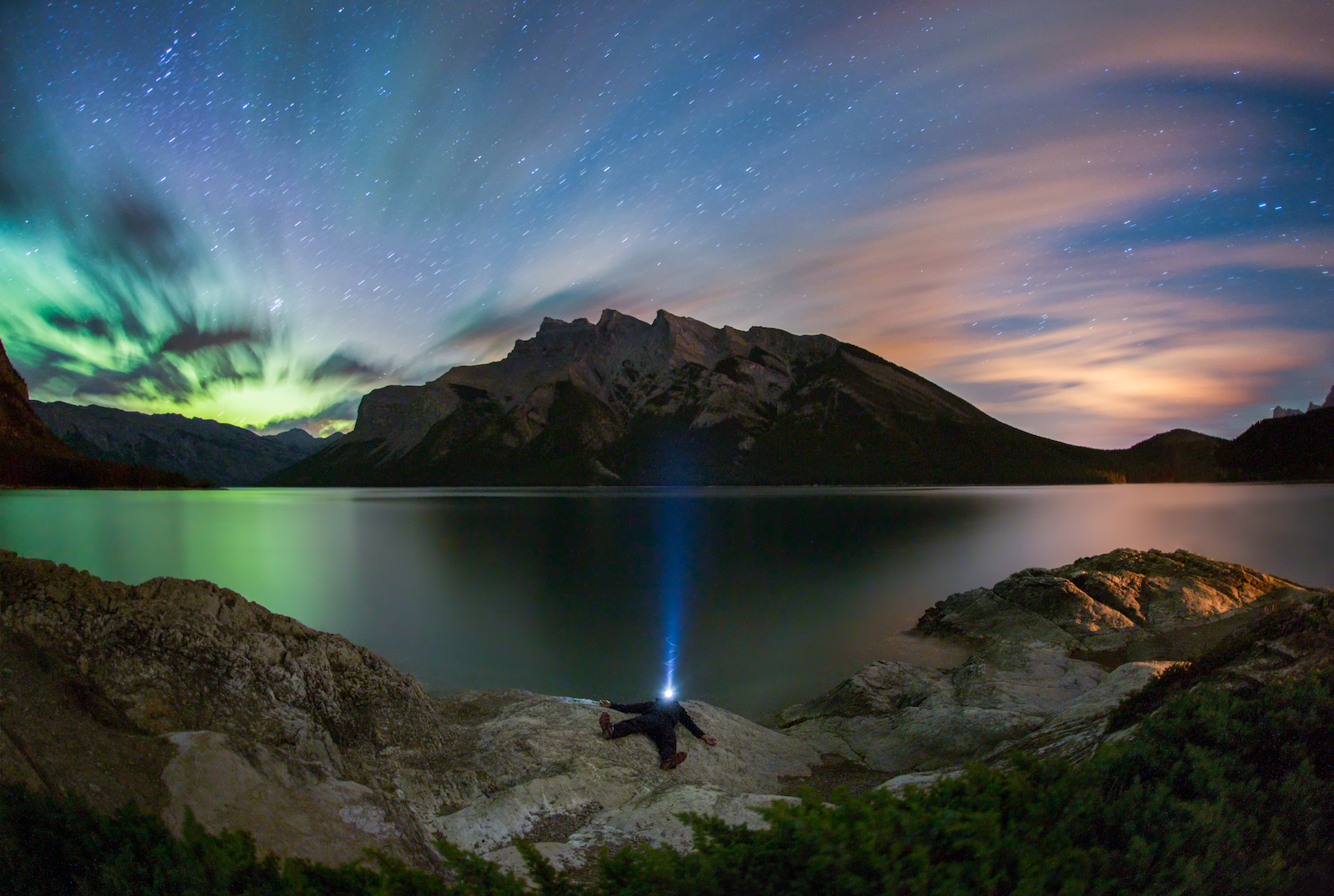

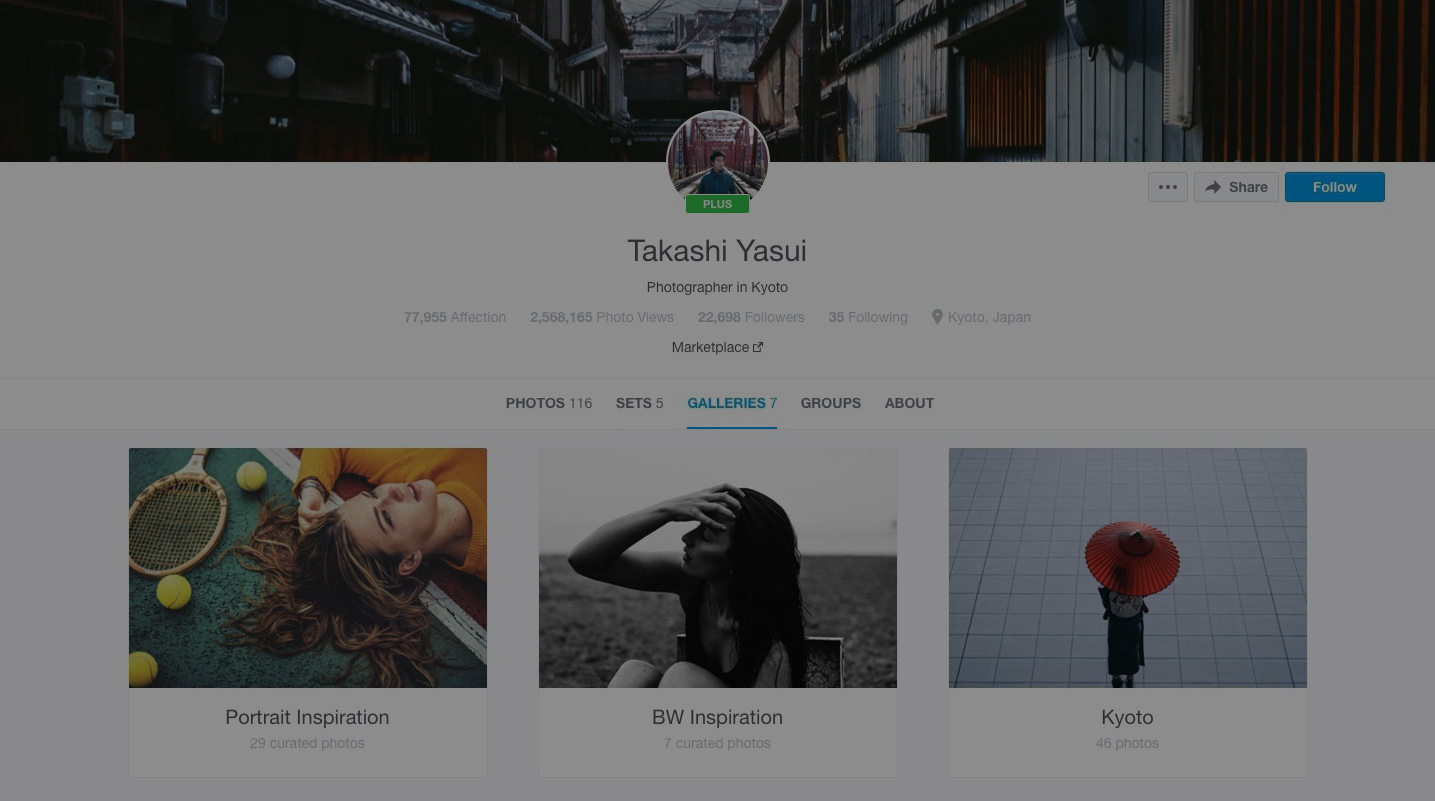
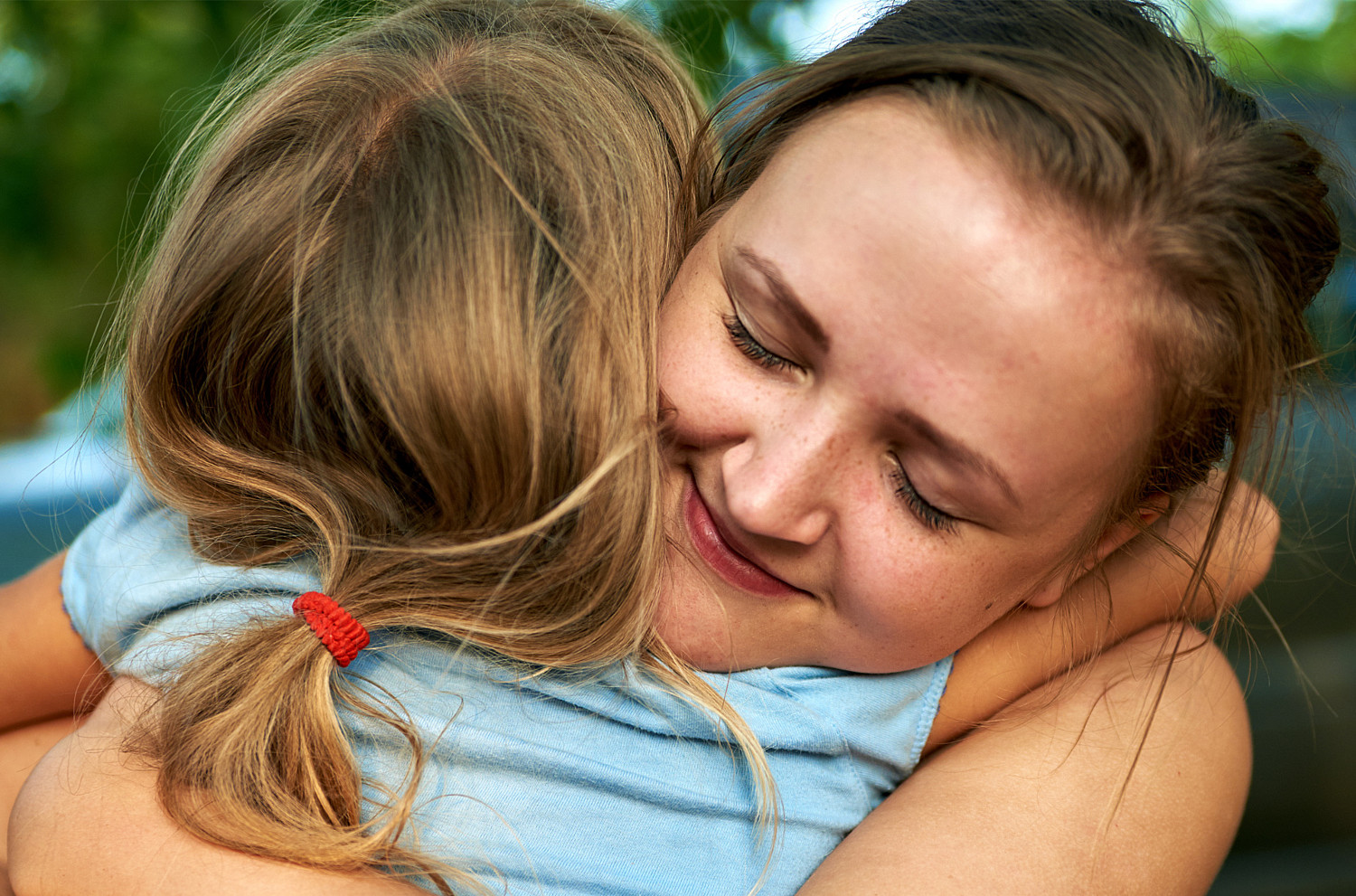



Leave a reply